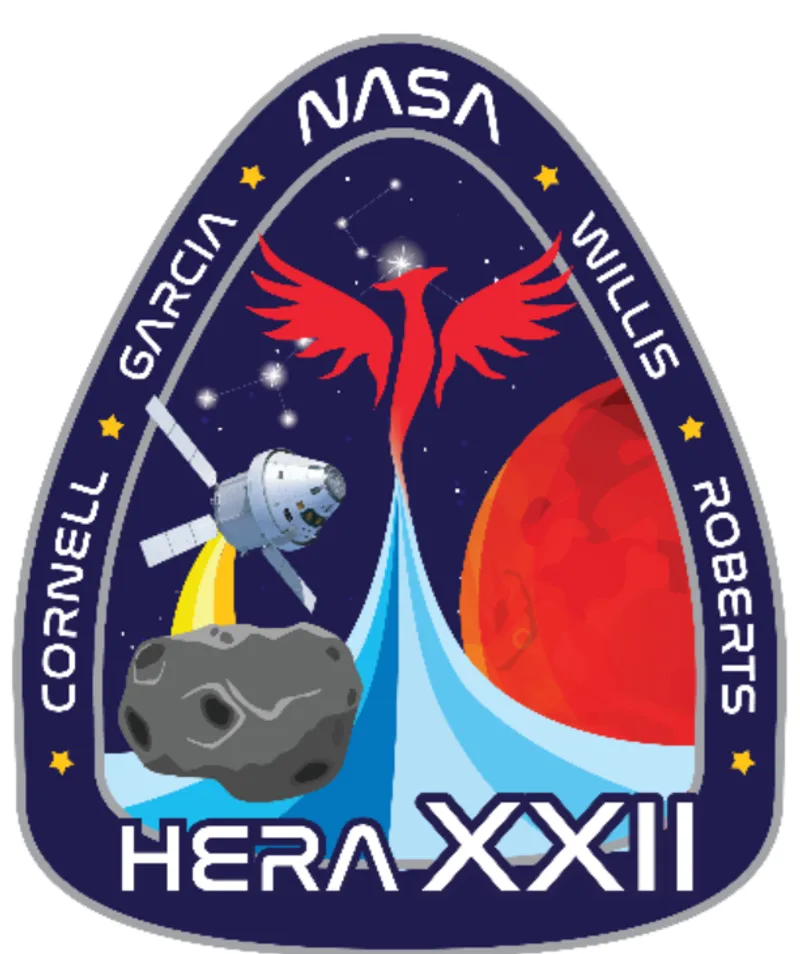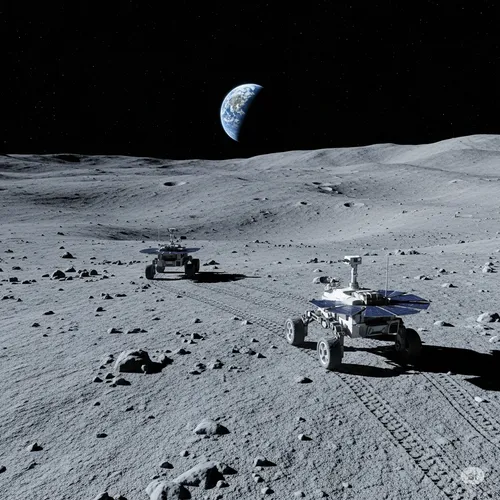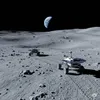HERA MoonScape and Robotics - WIP
Executive Summary: Modified
NASA HERA Moonscape and Robots Project
Changes Requested Last Week
NOTE; Please replace Moon with MARS, or BOTH Scape
NOTE: Consider Robots that will traverse the MARS Scape, Load the CUBESAT and Move CUBESAT and Place and Retrieve the CUBESAT,
In addition pick up Regolith and place it in a Minning apparatus, represented by a Sieve of sorts, and bring this back to the HERA Facility on the moon.
Please note the Robots will work in an enclosed MARS Scape that is 8ft by 8ft, with siding and a 18 - 24 inch ceiling.

Requested by NASA HERA
Sponsored by TBD ( Biomedical, ROBOTS, Software, AI, etc. )
The NASA HERA Moonscape and Robots project is designed to elevate the realism and educational value of the Human Exploration Research Analog (HERA) program by integrating a remotely operated robotic lunar exploration component. The initiative centers on the development of a highly detailed, portable 8ft × 8ft lunar landscape—modeled after the Moon’s south pole crater region—or a virtual reality (VR) equivalent, alongside a suite of four specialized robots. These robots will be remotely operated by HERA participants (HERAnauts) during their 45-day isolation missions, simulating authentic lunar exploration tasks and mission protocols.
The moonscape itself will feature realistic crater-within-crater topography, 3D-printed rocks, and surface materials that closely mimic actual lunar regolith. Visual barriers and integrated lighting systems will ensure that the environment remains immersive, blocking any view of the outside world and supporting both day and night operational scenarios. The landscape is designed for portability, folding ian 8ft × 8ft Moonscape into sections for easy assembly and storage in a 4 ft wide cabinet.
The Robotic System will consist of four IR, Wifi or Bluetooth Remote controlled robotics units, each with distinct roles: transportation, manipulation, and support. These robots must be capable of carrying and transferring 10cm³ cubes (representing ArduSat/Cubesat payloads) weighing up to one pound, with at least one robot equipped with a lifting arm for precision placement. All robots will feature onboard cameras (standard and infrared options) and will be operated within a 50-meter range of the HERA module, through thin metal walls. See Youtube Videos and Links.
This project is structured in phases: initial planning and requirements gathering, student-led prototype development (including scaled models and VR options), and final construction and testing. The integration of these moonscape and robotic systems will provide HERA participants with engaging, hands-on lunar exploration activities, enhancing psychological fidelity and mission immersion while supporting STEM education objectives through the NASA HUNCH program.

